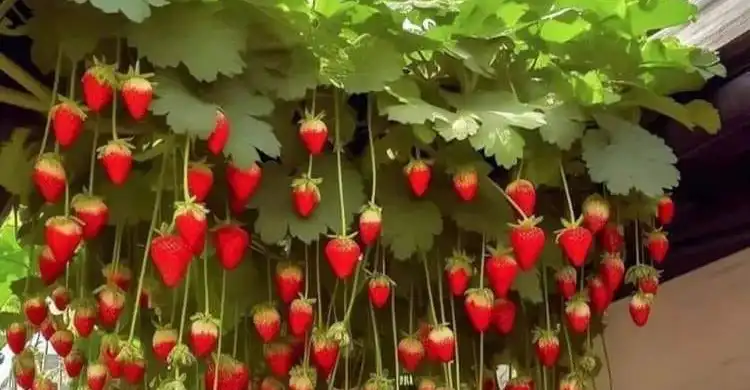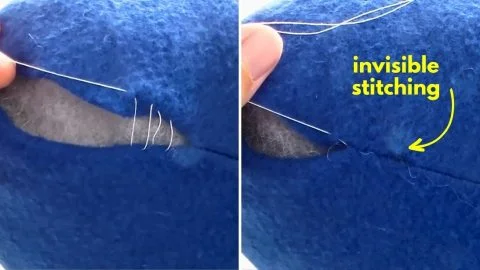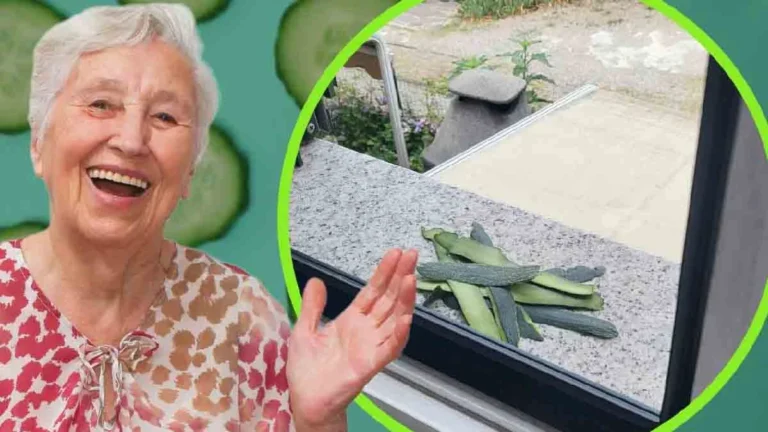Growing Sweet Success: Complete Guide to Planting, Growing and Caring for Strawberries
Strawberries are much loved for their delicious flavor, vibrant color and versatility in various culinary preparations. Whether you have a large garden or a small balcony, growing strawberries can be a rewarding and enjoyable experience. In this guide we will show you the process of sowing, growing and caring for strawberries, starting from a fascinating fact: it is possible to obtain seeds by cutting the external part of a strawberry fruit and drying it on a paper towel.
Obtaining seeds from a strawberry fruit
To start your strawberry growing journey, you can acquire seeds by using strawberry slices instead of cuttings. Follow these steps:
- Select a ripe, healthy strawberry fruit.
- Cut the strawberries into thin pieces.
- Place the strawberry slices, along with their small seeds, on a paper towel.
- Make sure the slices are evenly distributed on the paper towel to prevent lumps from forming.
- Allow the strawberry slices to air dry completely for a day or two.
When the slices dry, the seeds come off easily from the fruit and can be collected from the paper towel. The collected seeds are now ready to be sown and grown into beautiful strawberry plants.
Planting strawberries
- Selecting the right variety: Choose from the many strawberry varieties available, including June-bearing, Everbearing and Day-Neutral varieties. June strawberries produce a large crop in early summer, while Everbearing and Day-Neutral varieties provide several smaller crops throughout the growing season.
- Choosing the ideal location: Strawberries grow in full sun, requiring at least 6-8 hours of direct sunlight per day. Choose a well-draining place with fertile, clayey soil, as strawberries do not like stagnant water.
- Soil Preparation: Before planting, make sure the soil is rich in organic matter and slightly acidic, with a pH between 5.5 and 6.5. Incorporate compost or well-chopped manure into the soil to increase its fertility.
- Planting time: Depending on location and climate, strawberries can be planted in spring or autumn. In colder regions, it is best to plant in the spring to allow the plants to become established before winter.
- Space and Plant: Space strawberry plants about 12 to 18 inches apart in rows 10 feet apart. Dig a hole slightly larger than the plant’s root ball, place the plant in the hole and cover it with soil, making sure the crown is level with the soil surface.
- Water: Strawberries require constant watering, especially during flowering and fruiting. Water plants at ground level to prevent foliage diseases. Try to keep the soil evenly moist, but not soggy.
- Mulch: Apply a layer of organic mulch, such as straw or pine needles, around the plants. Mulching helps retain moisture, suppress weeds and prevent strawberries from sitting on damp soil and risk rotting.
- Fertilization: Fertilize plants with a balanced, water-soluble fertilizer, high in potassium and phosphorus, to promote healthy growth and abundant fruit production. Follow the recommended dosage on the product label.
- Pest and Disease Management: Keep an eye on your strawberry plants for signs of pests such as aphids, snails or slugs. In case of infestation, use natural remedies or insecticidal soap to avoid chemical contamination. The most common diseases that affect strawberries are powdery mildew and gray mold; To avoid these problems, ensure good air circulation and avoid overhead watering.
The most rewarding part of growing strawberries is harvesting the juicy, sweet fruits. Depending on the variety, the first harvest can occur within a few months of sowing. Gently pick ripe strawberries with the stem intact, avoiding damaging the plant or other unripe berries.
Growing strawberries can be an enjoyable and rewarding experience, providing a plentiful supply of fresh, home-grown fruit. Starting with the unique method of obtaining seeds by cutting the outside of a strawberry fruit and drying them on a paper towel, the journey from planting to harvest can be enjoyable and educational. If you create the right conditions, constant care and a little patience, you can taste the sweet success of your bountiful strawberry harvest. Happy gardening!






